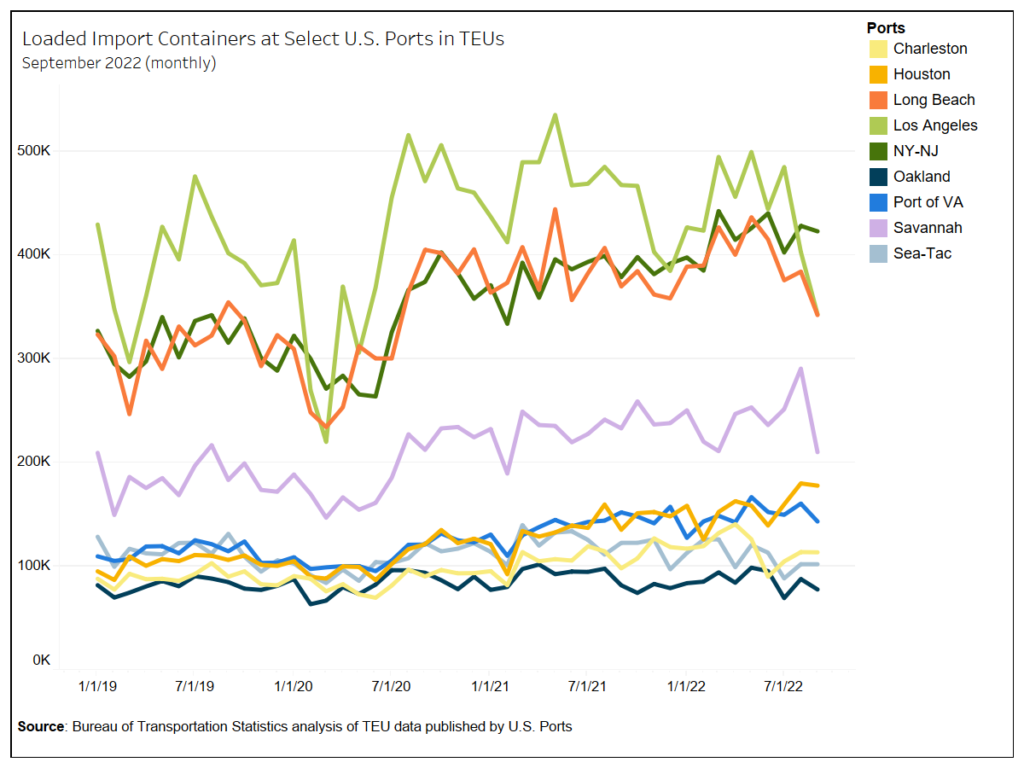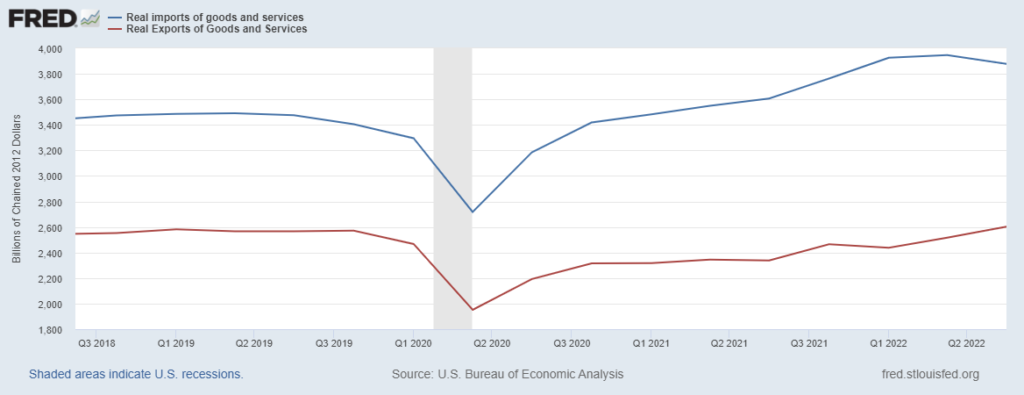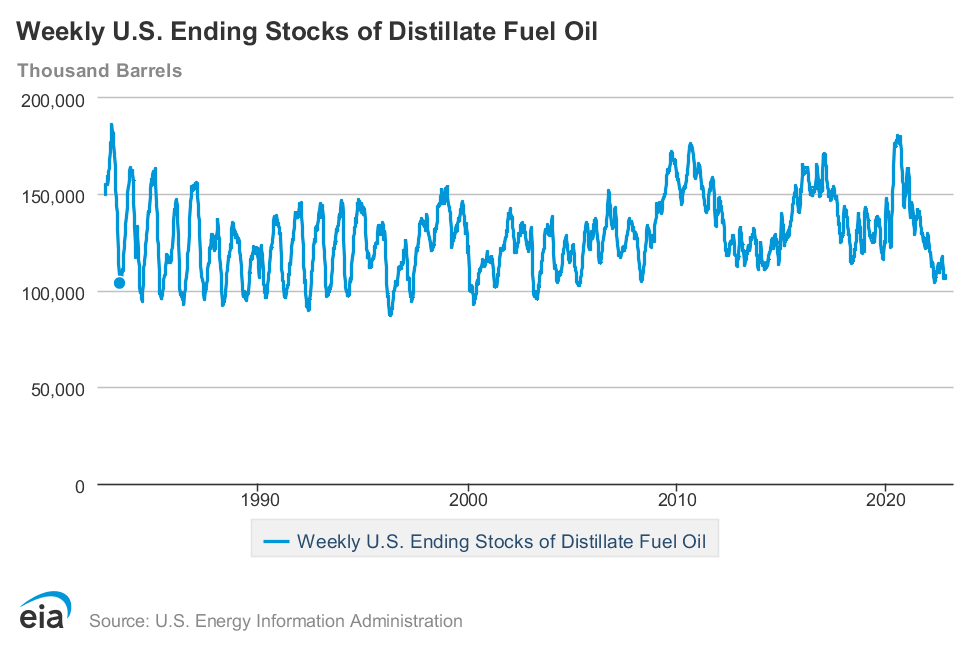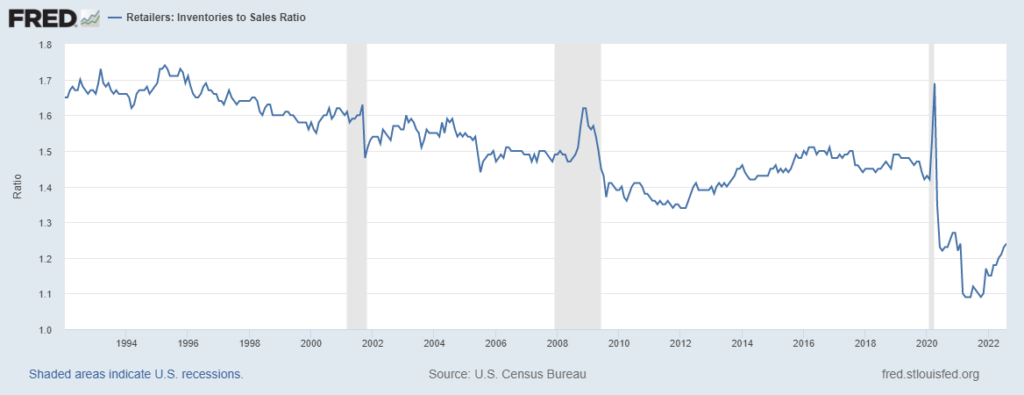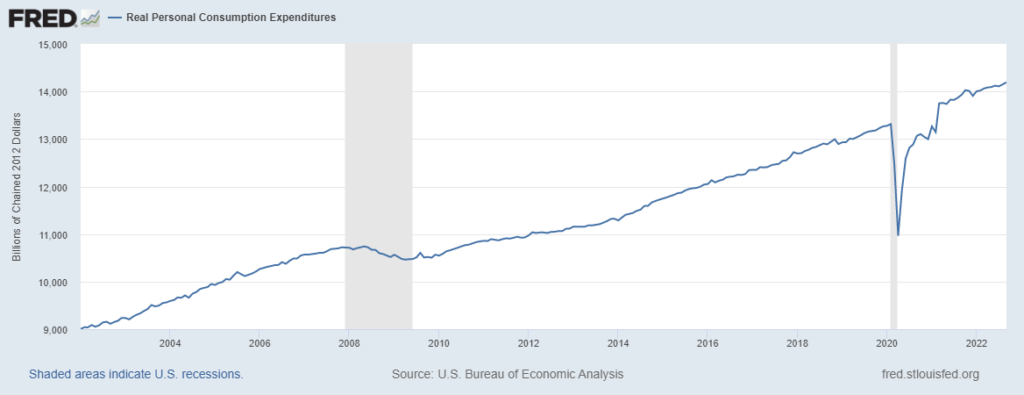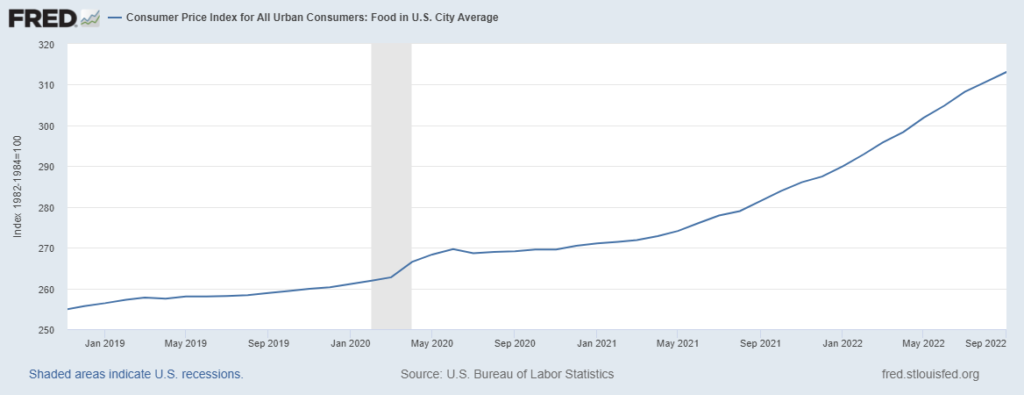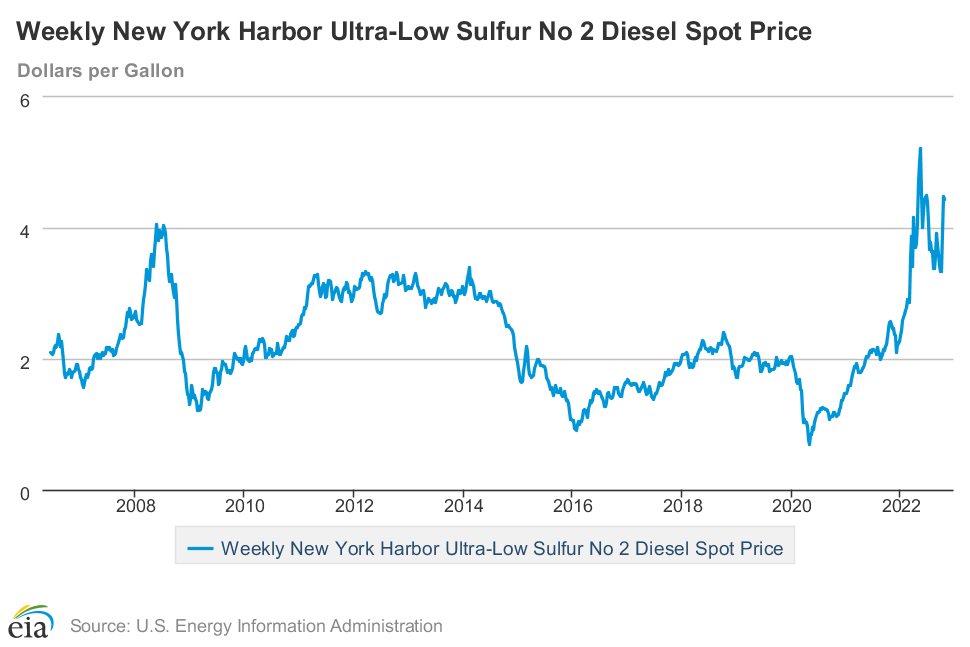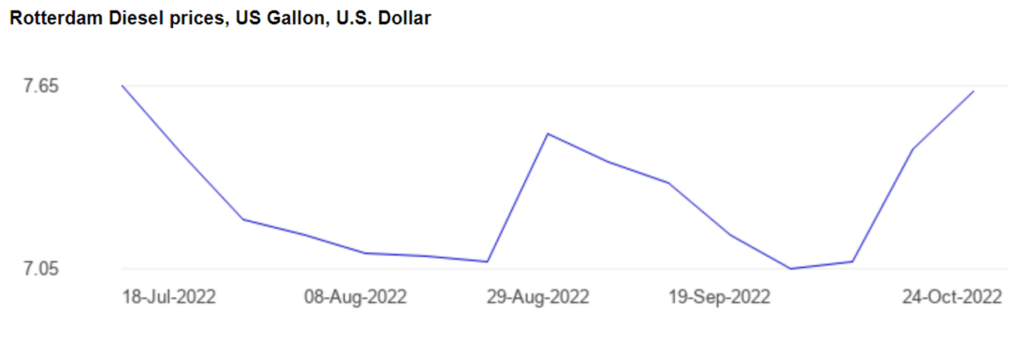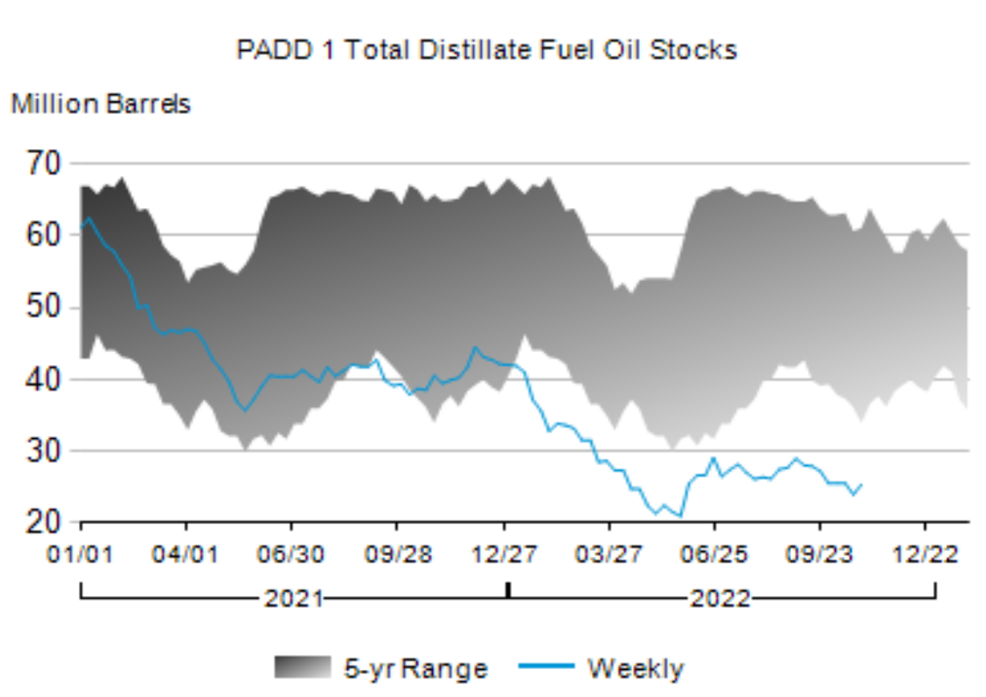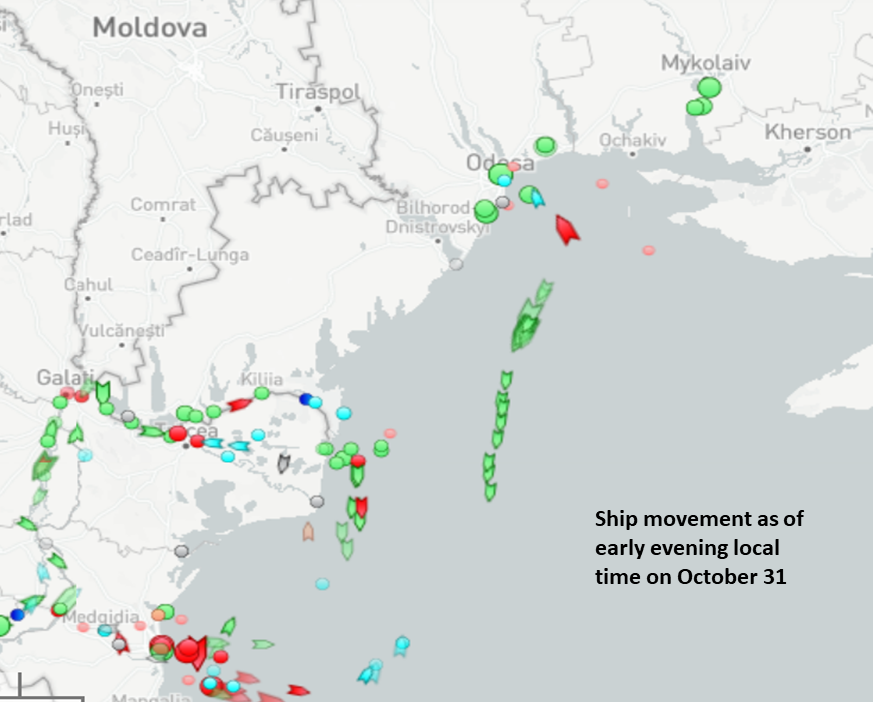The fitness of global flows is threatened. Pre-pandemic stresses have mostly persisted, especially related to climate change and terms of trade. The war has imposed further constraints, especially on energy and food (more and more). Demand is certainly not declining. As winter descends on the Northern Hemisphere current constraints will tighten — especially in Europe but there will be related global effects.
The war in Ukraine, Europe’s energy and economic conditions, global inflation, East Asian outputs, and a broad range of US social, economic, and political behaviors are easy to access. You will do so on your own. I will do so here as well. But to supplement these usual suspects, I will give ongoing attention to five upstream factors that should — especially taken together — provide a finer sense of velocity — both near-term and mid-term, say through June 2023.
- Southern Hemisphere Agricultural Production with particular attention to Argentina’s corn crop, Brazil’s soybean exports, Australia’s wheat crop (more), and Indonesia’s palm oil output.
- Global Diesel Demand, Production, and Price from IEA and EIA monthly updates plus front-month futures at New York Harbor and Amsterdam-Rotterdam-Antwerp. (More and more)
- Covid Hospitalizations (and mutations) according to OurWorldinData and whatever I can find and discern on China. To be explicit, I am concerned that as China tries to exit Covid Zero there will be a wave of new infections and variants (more and more).
- Chinese Export Volumes and Value can be more accurately tracked than its domestic economic outcomes (more and more). I will especially look for connections between vital signs 3 and 4.
- North American Electricity Demand and Supply is more precarious (and pricey) that previously. The worse this winter’s weather, the more cause for worry. Here’s the November 17 NERC Winter Reliability Assessment.
Especially poor performance by any one vital sign is plenty of cause for concern. Two simultaneous problems are more than double-trouble. Three at once is not a charm.
+++
Recently Eric Holdeman interviewed me for the DisasterZone Podcast. Similar to what’s outlined above, we covered a wide waterfront. You can listen here.


